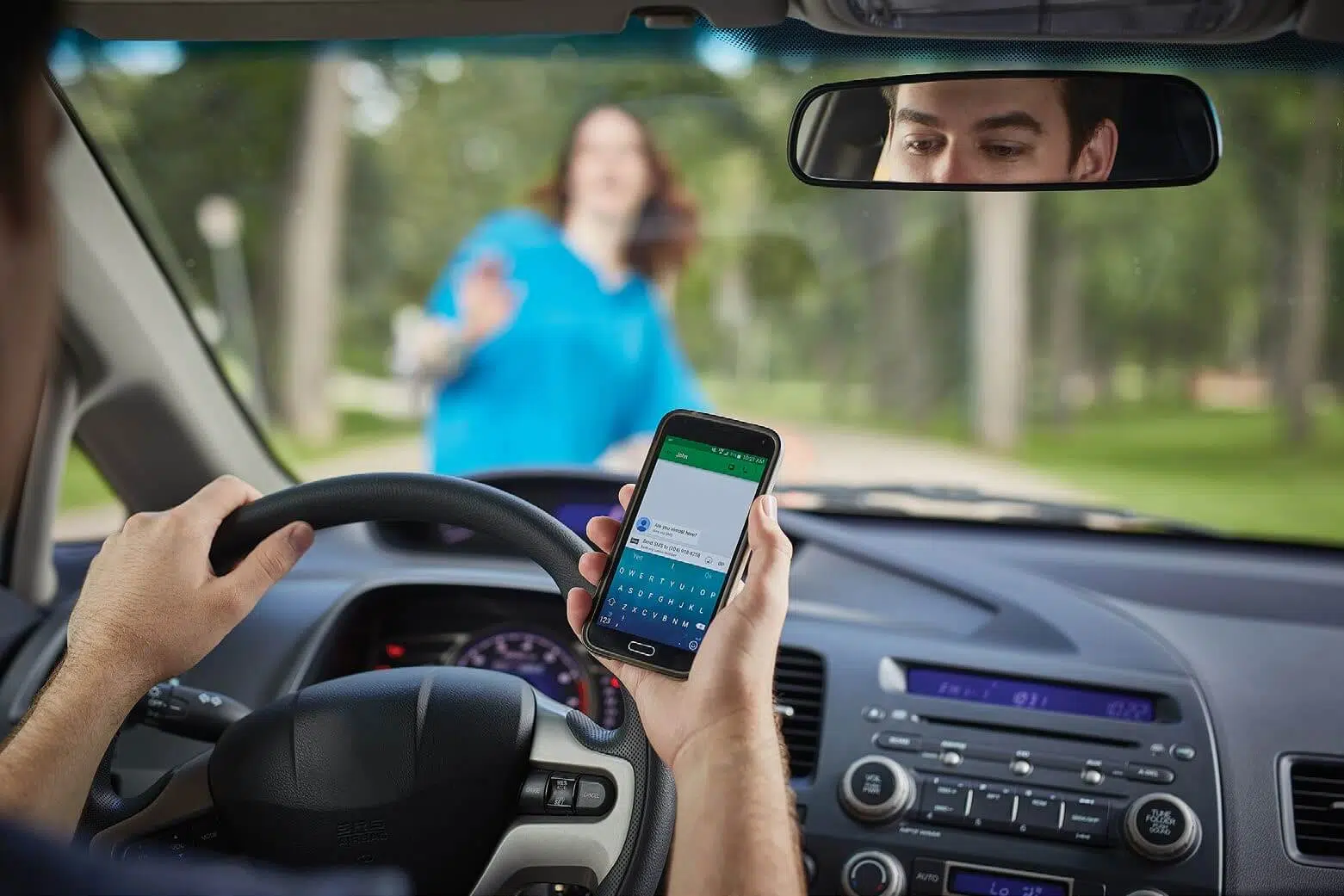- January 5, 2021
- Perspectives
Changing Driver Behavior: A Holistic Approach to Safer Roadways


Karen Sprattler, RSP1
Behavioral Safety Lead
Transportation engineers and planners are always looking for innovative ways to improve transportation systems and keep safety a top priority. A common goal in communities is reducing the number of fatal or serious injury crashes through roadway infrastructure improvements (e.g., signage, rumble strips, traffic calming measures). While these changes can significantly improve driver safety, data indicates that poor driver decisions cause 94% of fatal crashes. Understanding and influencing driver behavior are important components of enhancing roadway safety and improving roadway infrastructure.
Infrastructure vs. Driver Behavior
Changing driver behavior isn’t easy. If what we thought would work did work, vehicle crashes would not be one of the leading causes of death. Using only intuitive solutions such as public service announcements, driver’s license manuals, or roadside billboards with creative slogans may raise awareness, but they rarely change driver behavior. These efforts may make those already following the rules feel good, but even people who know what behavior is riskiest—not wearing seatbelts, speeding, or texting while driving—tend to underestimate the risks of these behaviors.
Proven Ways to Address Dangerous Driver Behaviors
So, how do we influence drivers to choose safer behaviors? Proven countermeasures to problematic behaviors are detailed in Countermeasures That Work: A Highway Safety Countermeasure Guide For State Highway Safety Offices Ninth Edition, 2017. Some of the most common behaviors and proven countermeasures are:
| Driver Behavior / Driver Type | Proven Countermeasures |
|---|---|
| Impaired driving (alcohol/drugs) |
|
| Non-use of seatbelts |
|
| Speeding |
|
| Motorcycle |
|
| Distracted/drowsy driving |
|
| Young drivers |
|
| Older drivers |
|
| Pedestrians |
|
| Bicyclists |
|
Behavioral Highway Safety: How Understanding Driver Decision-Making Can Create Safer Roads
Strong traffic safety laws and their enforcement are the most effective ways to change driver behavior, but they are not always possible. Agencies that have limited resources for programs that change driver behavior should consult a behavioral expert who can recommend how to direct those resources to make the greatest impact.
Behavioral highway safety is guided by science and data and works to effectively influence road users to act in ways that create a safer roadway experience. Having a better understanding of who is involved in crashes and how those involved make decisions can more effectively drive resource allocation and lead to improved road safety outcomes. These behavioral insights are gathered from both qualitative and quantitative sources and look beyond crash location and characteristics of the built environment to better understand why drivers make unsafe choices.
Qualitative
- Interviews
- Attitude Surveys
- Knowledge Surveys
- Self-Reported Behavior Surveys
Quantitative
- Fatalities and Injuries
- Crashes and Collisions
- Population-Based Rates of Change
- Statistical Estimates
For example, if vehicle rollovers are a primary concern, knowing that commercial vehicles are the primary offenders can lead you to target messaging to truck drivers or the companies that own the trucks. Giving drivers specific guidance on larger vehicle speeds will be more effective than educating all drivers with a billboard about the dangers of rollovers. For lane departure crashes that involve a large number of impaired drivers, the solution may not be changing the road characteristics, but rather working with bars and restaurants in the area to implement server training or alternative transportation programs.
Adding behavioral analyses to transportation projects that have safety as a goal will yield additional insights and provide more comprehensive safety solutions. A greater understanding of the complexities of human behavior and what works to change those behaviors will improve the safety of our drivers and roads.
About the Author

Karen Sprattler, RSP1
For more than 30 years, Karen has focused on keeping people safe, working for and with government and nonprofit agencies as a leader in driver behavior and behavioral highway safety. Her national experience includes addressing diverse traffic safety issues such as alcohol and drug impaired driving, distracted driving, speed, technology, teen driving, occupant protection, enforcement of texting laws, law enforcement strategies, and alternative transportation programs.
